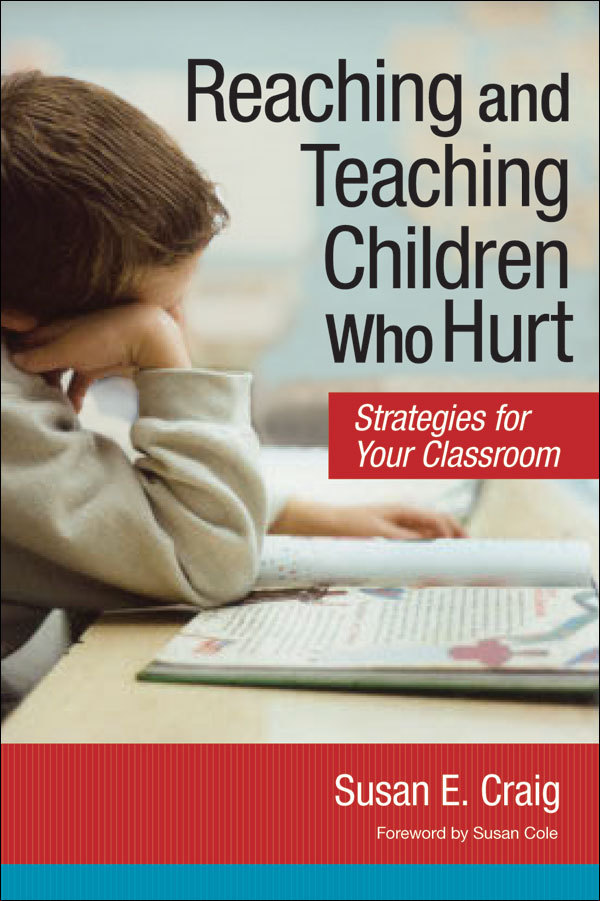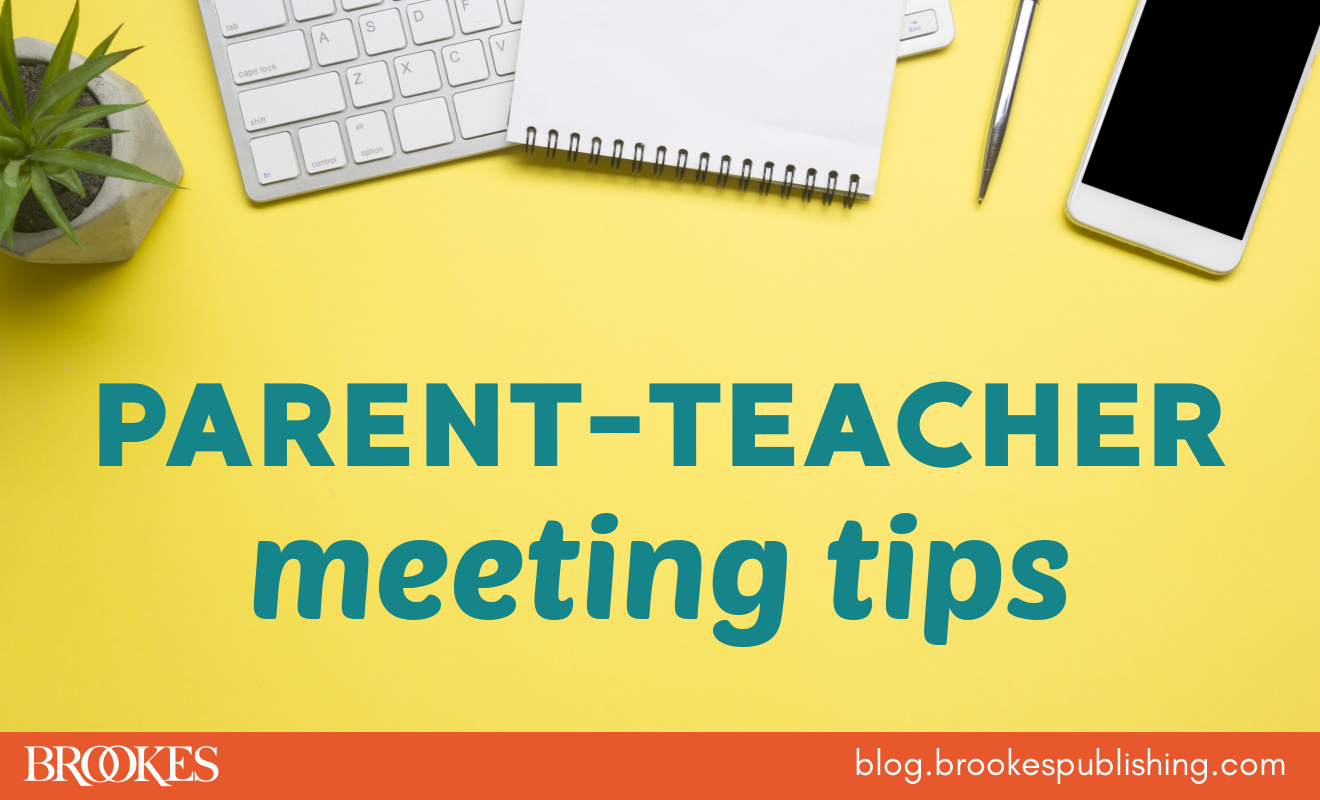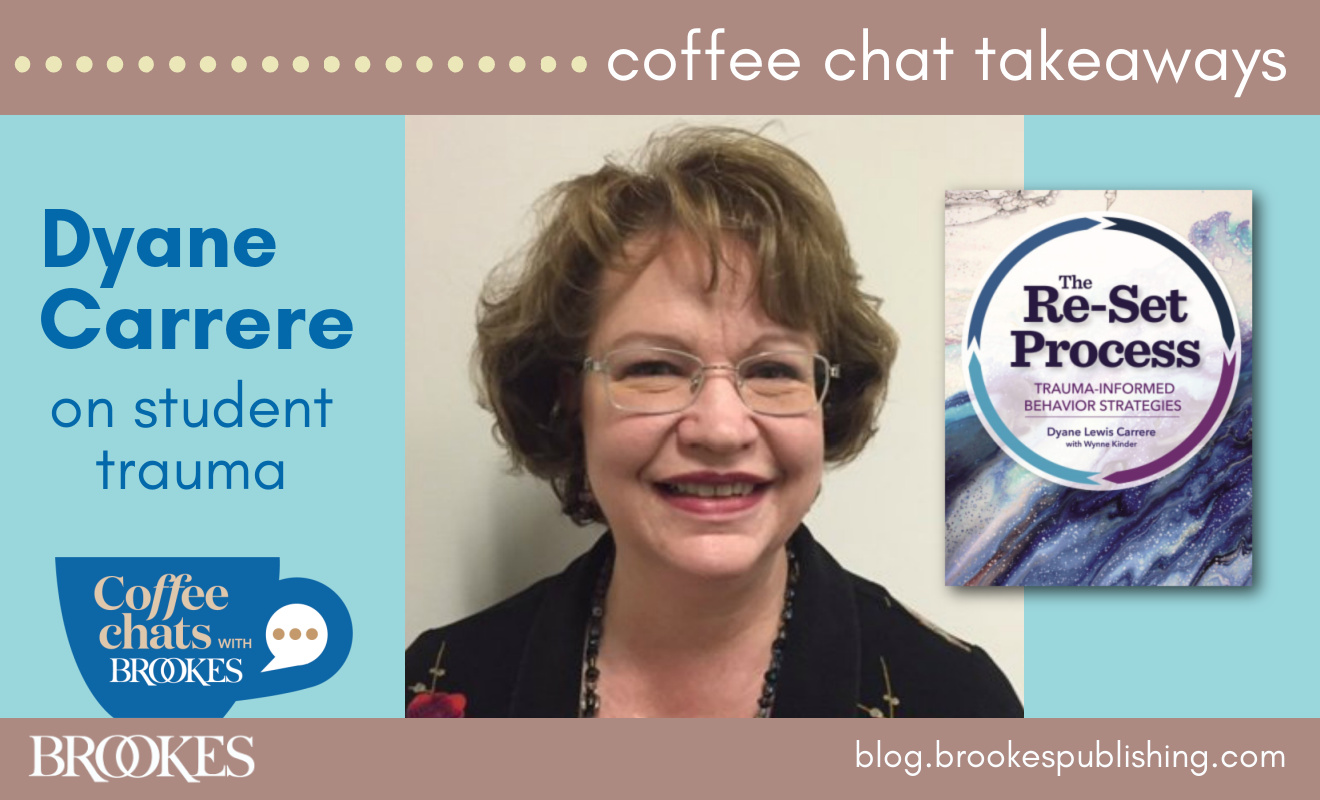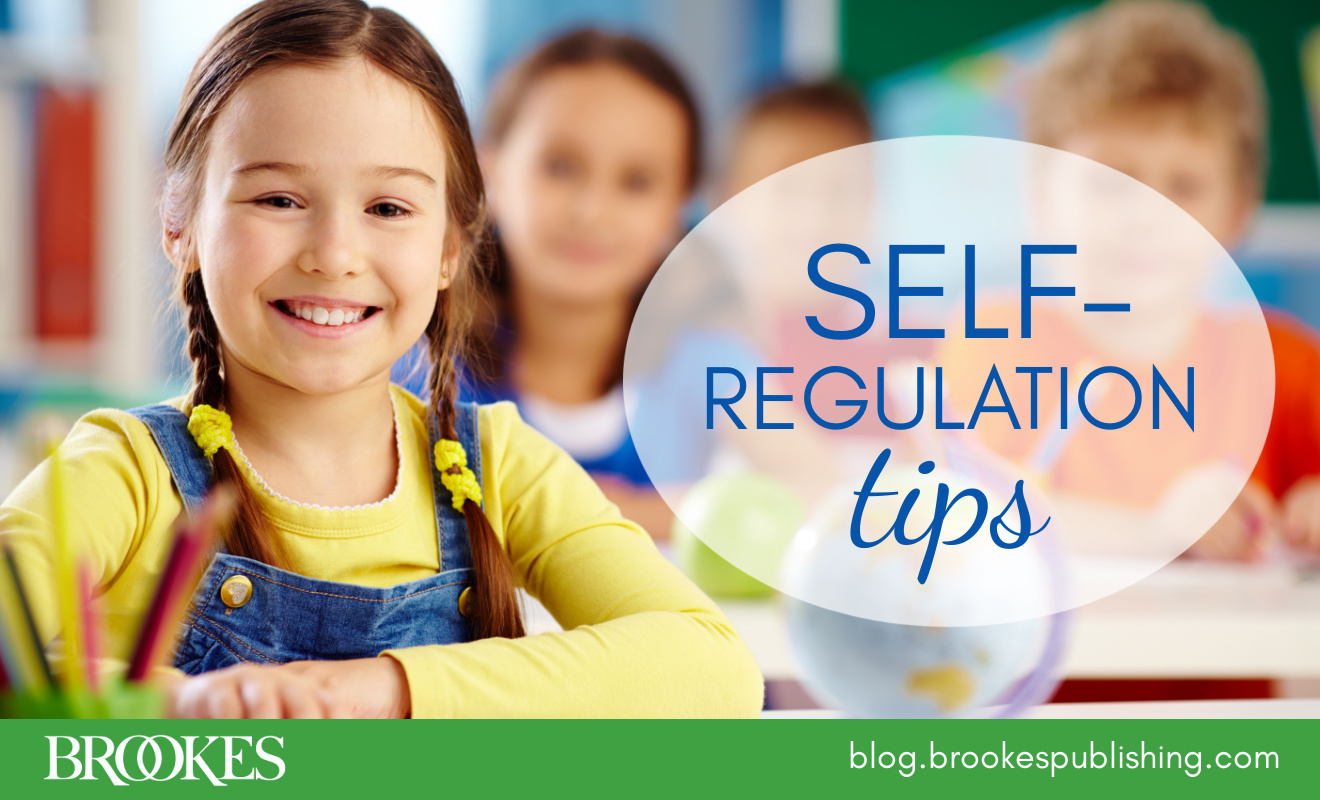 Students with a history of trauma may have difficulty developing age-appropriate self-regulatory skills—the ability to monitor and control their emotions and behavior. As a teacher, you’re in an ideal position to help your students learn these essential skills, through classroom activities and routines that encourage choice making, self-reflection, and management of tough emotions. Today’s post, excerpted and adapted from the classic guidebook Reaching and Teaching Children Who Hurt by Susan E. Craig, offers 15 practical ideas teachers can use to help students build their self-regulation skills throughout the school day.
Students with a history of trauma may have difficulty developing age-appropriate self-regulatory skills—the ability to monitor and control their emotions and behavior. As a teacher, you’re in an ideal position to help your students learn these essential skills, through classroom activities and routines that encourage choice making, self-reflection, and management of tough emotions. Today’s post, excerpted and adapted from the classic guidebook Reaching and Teaching Children Who Hurt by Susan E. Craig, offers 15 practical ideas teachers can use to help students build their self-regulation skills throughout the school day.
Provide and keep track of choices. Offer students opportunities throughout the day to make choices. Start with safe, simple things, such as which color paper they want to use or whether they want to sit at their desk or in a quiet area for reading. Once the choice is made, use a simple bar graph to record it and let children keep track of the choices they have made throughout their day.
Start student scrapbooks. Give each child a scrapbook that includes pictures/drawings showing the student following the rules or helping other children out, as well as work samples that demonstrate competence. Date all the entries. Meet with each child regularly to review their scrapbook, and comment on the child’s growing ability to set a goal and achieve it. When a child has a bad day and believes they can do nothing right, use the student’s scrapbook to review their history of competence and control.
Involve children in activity planning. If a classroom celebration or another event is coming up, spend time beforehand talking about the related games or music that the students would like the activity to include. Provide chances for them to make choices and use a visual chart to record them.
Develop a daily schedule and stick to it. The schedule should have a simple visual icon for each major event of the day. Try to avoid abrupt changes in the schedule, but address the fact that there will be surprises at times. Some teachers find it helpful to include an icon for break. This can be placed in the schedule at times when something unexpected happens, such as a fire drill or a bus evacuation practice.
Give extra support at tough times of day. Some students may have certain activities or times of day that are particularly difficult for them. Find creative ways to give children additional support during these times—for example, if transition times are hard, ask the child to help set up the next activity so that by the time it starts, they’re already used to the idea.
Offer step-by-step visuals. Provide children with a visual template for how to complete tasks or sequence directions. Use a line drawing or picture to indicate each step. Knowing all the steps of a task or activity can be calming and reassuring to students who struggle with self-regulation.
Help children identify their window of tolerance. Teach students how to ask for a break during the classroom activities they struggle with. Agree on a picture, sign, or specific words they can use to signal that they have reached their limit.
Prepare students in advance for unavoidable changes. If you know that you are going to be out, talk to your students about it in advance, and be sure to let the substitute know what transition rituals are used in your classroom. Encourage the substitute to talk with the students about your upcoming return. For younger children, have some special stuffed animals available to play with to help them get through your absence.
Teach keyword strategies. Encourage students to think before acting by teaching them helpful keyword strategies such as STOP: Sssssshhhh. Think quiet thoughts to calm down, Organize a plan, Practice your plan.
Practice “social reading.” Use social reading as a strategy to help students observe and reflect on what other people do in various social situations. Sit with the student during recess and watch a group of other children. Together, observe who speaks to whom, how people get attention, and how they take turns. Take notes about what you see, and make a plan with the child for how to be more successful with the social aspects of recess.
Encourage students to notice how they feel. Ask them to describe how their bodies feel after engaging in aerobic exercise compared with sitting still for a long time. Call attention to the activities that help them feel good. Chart these and refer back to them when a child is feeling discouraged and needs a boost.
Avoid escalation. When students appear angry and out of control, try defusing behaviors before they escalate by asking children to explain their behavior. Be sure to provide them with a safe place to cool down before trying to discuss the behavior or make a plan for avoiding similar occurrences in the future.
Read books about feelings. At shared reading time, choose stories that explore and illustrate the whole range of human emotions. Books can be a great source of information about the kinds of emotions that people experience and safe ways to express them.
Share your own feelings and how you deal with them. Talk with your students about how you are feeling and things you do to help yourself feel happy and in control. For example, you might say, “This weekend our cat died. He was 12 and we had him since he was a kitten. We were all so sad. We cried a little bit and then my husband said, ‘Let’s make a poster of all the fun things we did with Toby.’ So we spent the afternoon finding pictures of us doing fun things with Toby, and we put them on the poster. Then we wrote Toby a note thanking him for being a good pet. We put the poster and the note on the hall table so we could remember Toby and not be so sad.” When this approach is used to teach emotional regulation, students will have a model and vocabulary for expressing emotions safely.
Explore emotions through writing. Have students use journaling and other writing activities to help them find the words to describe their own emotional states. Remind them that they can include feeling words, such as frustrated, sad, excited, nervous, and happy, on classroom word walls and in other instructional activities.
As author Susan Craig notes, “a classroom climate of encouragement and support provides the safe haven that children need to face the future with confidence and hope.” Use these strategies to build that kind of climate in your own classroom and help your students strengthen the self-regulation skills they need to succeed. And for in-depth guidance on how to reach and teach students exposed to trauma, add the book behind today’s blog post to your professional library.

Reaching and Teaching Children Who Hurt
Strategies for Your Classroom
By Susan E. Craig, Ph.D.
Trauma creates tough obstacles to academic achievement and social success, and this practical, strategy-filled book shows teachers how to help. Through clear explanations of research and enlightening vignettes, educators will understand how violence and other forms of trauma affect the key elements of a child’s school and social success, including behavior, attention, memory, and language. Then they’ll find dozens of simple, creative ideas—easy to use in any classroom, on any budget—that show them how to meet the complex learning needs of children who hurt.
Stay up to date on the latest posts, news, strategies, and more!
Sign up for one of our FREE newslettersMore posts like this

10 Tips for Talking with Families of Students with Emotional & Behavioral Disorders
February 8, 2022
7 Things Every Teacher Should Know about the Physiological Impact of Trauma
November 23, 2021


Write a Comment
Your email address will not be published. Required fields are marked *
Post a Comment